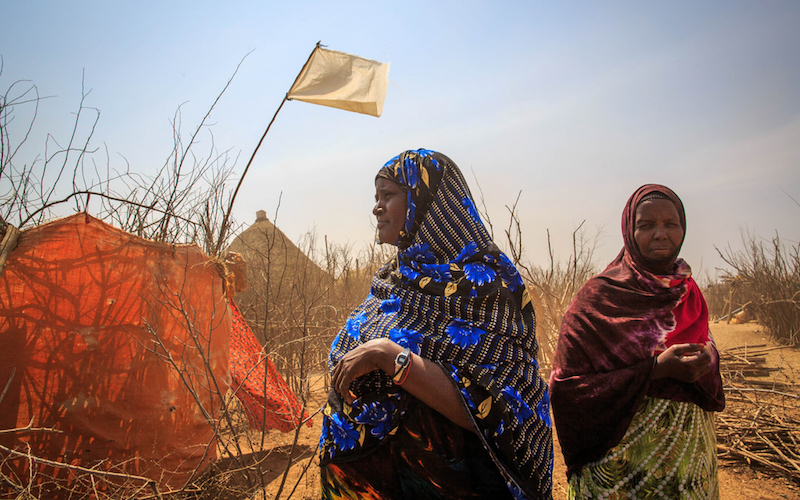
Adopting the Promises and Critiques of the 2015 Sustainable Development Goals
In 2000, world leaders gathered from all corners of the earth to establish a global pact, titled the Millennium Development Goals (MDGs). There were 8 goals – each targeting an area of priority for the developing communities and the rest of the world. Looking at the achievements of these goals today, opinions vary. Some think great work was achieved and others simply not enough. 15 years later, world leaders would reconvene in New York City to establish a set of more comprehensive goals – “The Sustainable Development Goals” or, the SDGs.
While it has only been two years since the manifestation of the SDGs, the number of goals (17), level of specificity in each, and the overall ambition of the global agreement have added to a recipe of success for the next 15 years in development work. The SDGs have more than twice the number of goals than the previous MDGs – and these goals are more comprehensive. They account for government intervention, animal conservation – above and below land – and individual focuses on both rural and urban environments.
Having more goals and targets allows the world to focus on once unnoticed areas in development – with even more specialized attention. The international aid community – from government to NGO to CSO – can now distribute resources with enhanced precision. Instead of complicating programs under one environmentally focused target – the international aid community can now pour its resources in a more organized fashion – into life below water, life above water, climate change, and affordable and clean energy. With more precise targets – the varying range of actors are more willing to work together and devise projects than only slightly deviate from their respective, original plans.
Within each goal lies a set of specific objectives – outlining the details of what is to be completed by the 2030 deadline. They essentially lay out the framework for development programs. Instead of having a range of 2 to 8 guidelines – as seen with the MDGs – each target has 7 – give or take. These objectives are not only more numerous, but they are also clearer. Rather than only addressing those embedded within the international aid/development community, the SDGs engage a larger audience – the greater reaches of society.
Lastly, there’s the ambition. “No Poverty” and the confident claim behind it: “End poverty in all of its forms everywhere” by 2030 is unlike any of the MDG targets of the past. While not entirely realistic, this ambition serves a significant purpose. It calls on the entire world – not only the international aid community – to mobilize as one. It brings those who would otherwise be sitting on the couch – to action. There are countless testimonials advocating for a mass global push behind these ambitious goals, as the opportunities to do so are fleeting. Even if a goal, such as the complete eradication of poverty is not achieved by 2030 – at least the world has made significant strides.
Some may say that too many goals create complications: increased bureaucracy, a hectic aid-to-beneficiary landscape, and ultimately double the room for error. Others may say that this number of goals requires significantly more resources spread to more programs – if there is a problem with donor delivery now – the SDGs will only create more. These are all fair claims – backed with genuine logic and reasonable concern, and they deserved to be addressed. If anything, more goals would create less bureaucracy, less complications and create a more streamlined process between donor interests, beneficiary needs and aid distribution efficiency. As for resources – there may be more needed, but through the more organized structure of the SDGs they are better captured by the target beneficiaries.
None of these organizations: the UN, the World Bank, or USAID needs to drastically change but they need to converse. Increasing dialogue among the specialized organizations within the largest international aid community entities significantly decreases the chances of program overlap, bureaucracy and disorganization. While concerns on the format of the 17 SDGs are legitimate, they are a much needed upgrade from the less precise and less ambitious MDGs. Let us not forget that more clear, concise and spread-out objectives reach the greater public. The SDG’s ambitious message, instead of only affecting the international aid community, now grips the entire globe.

